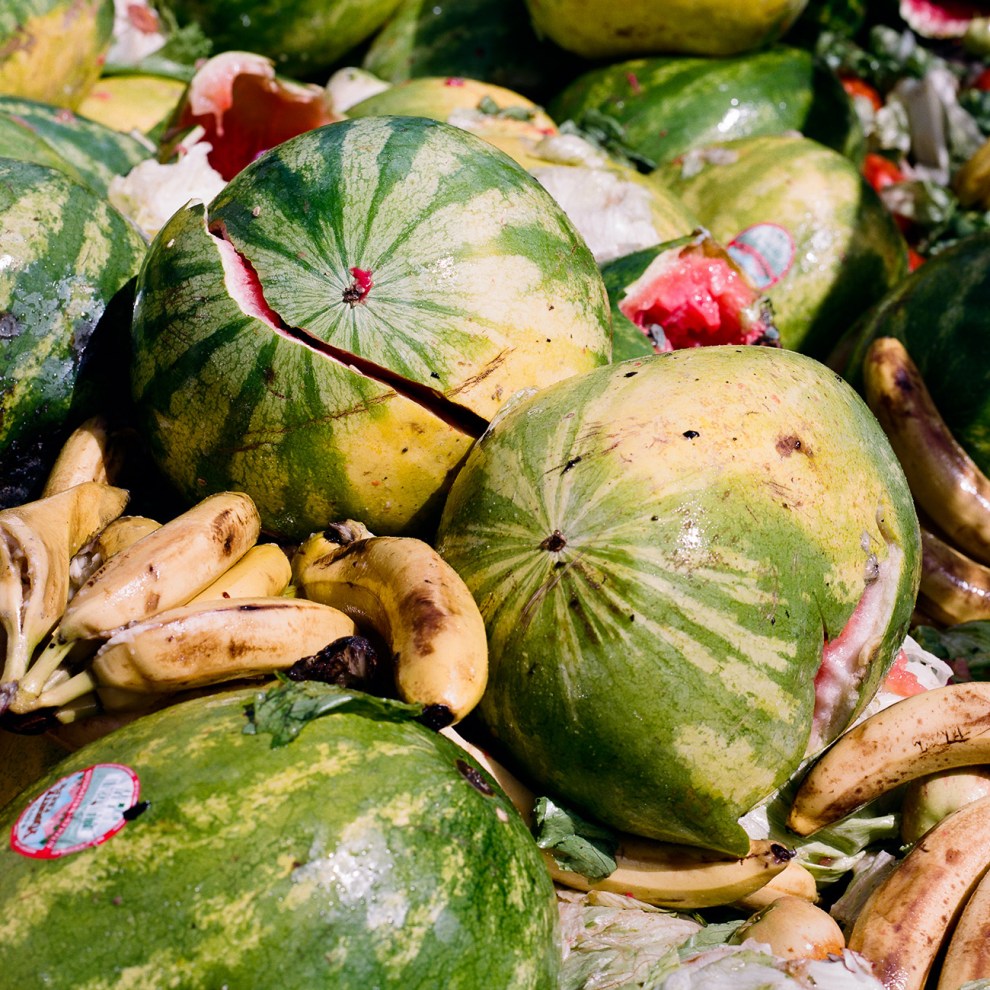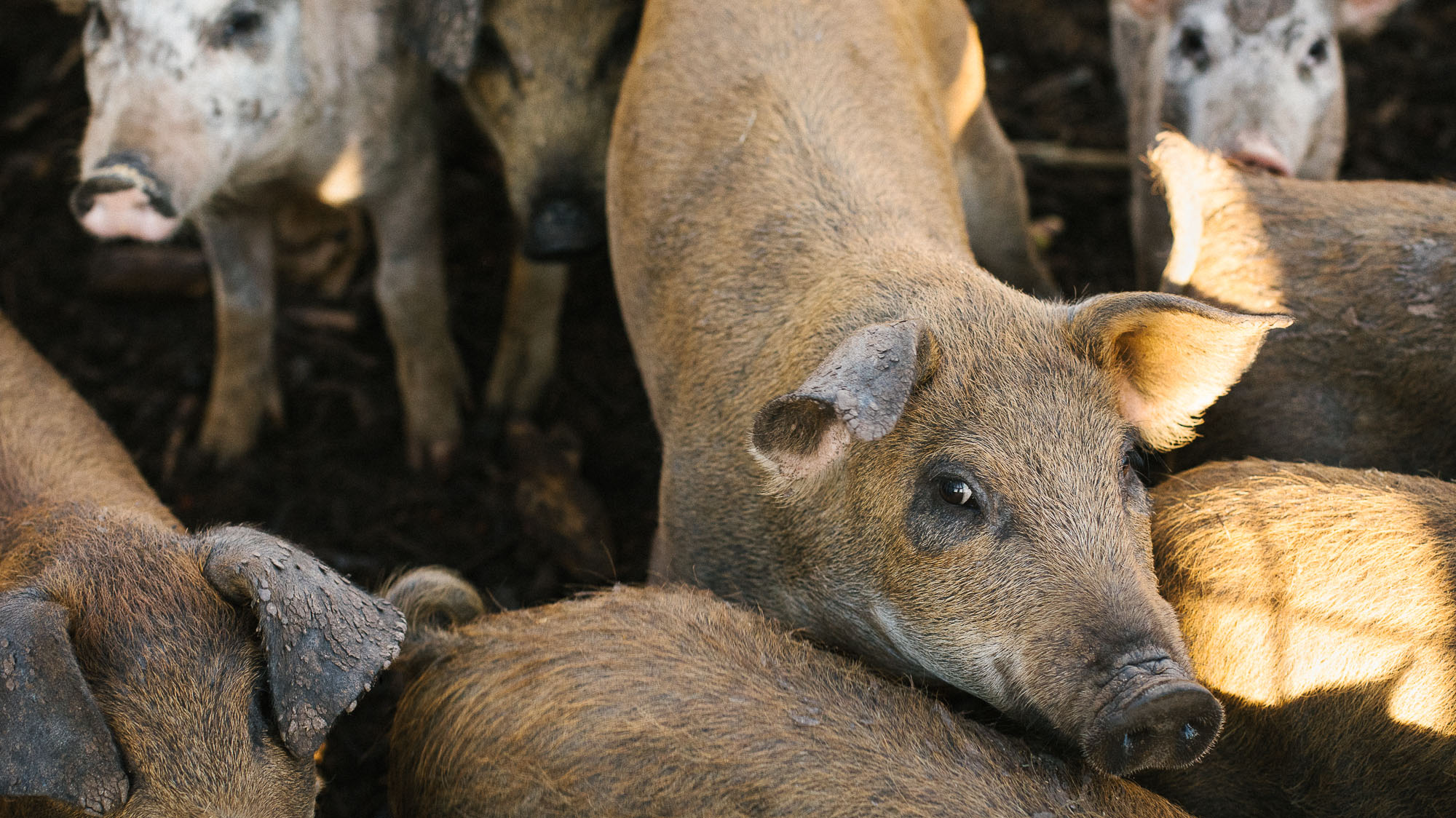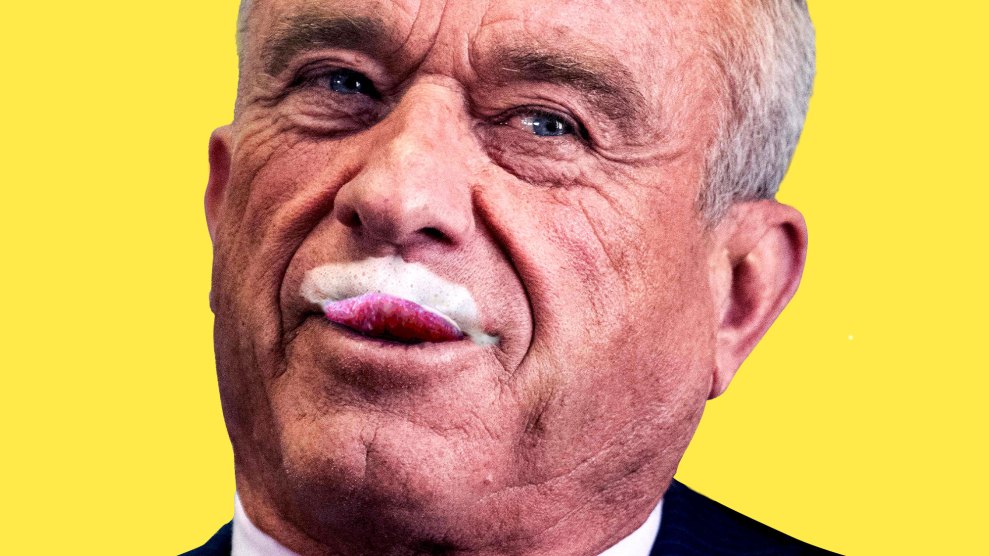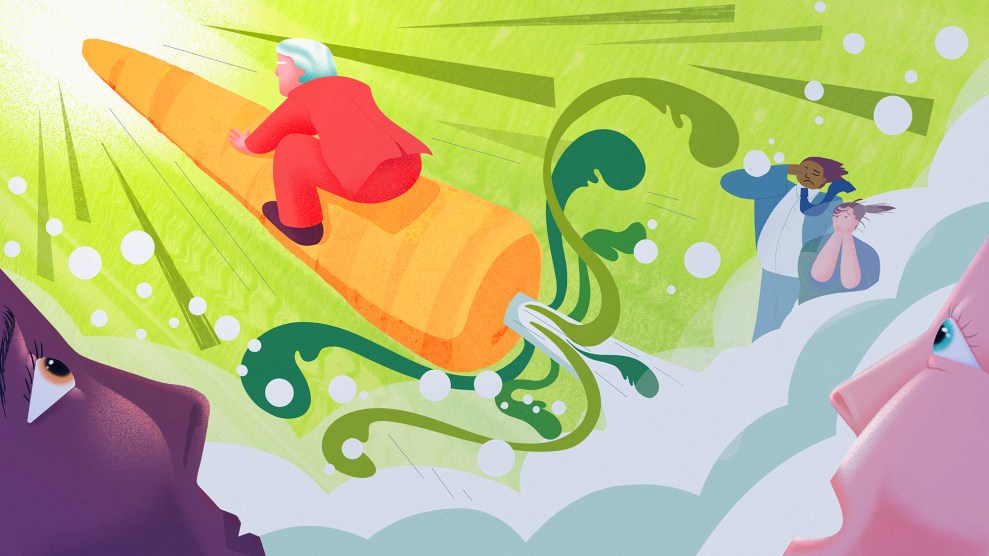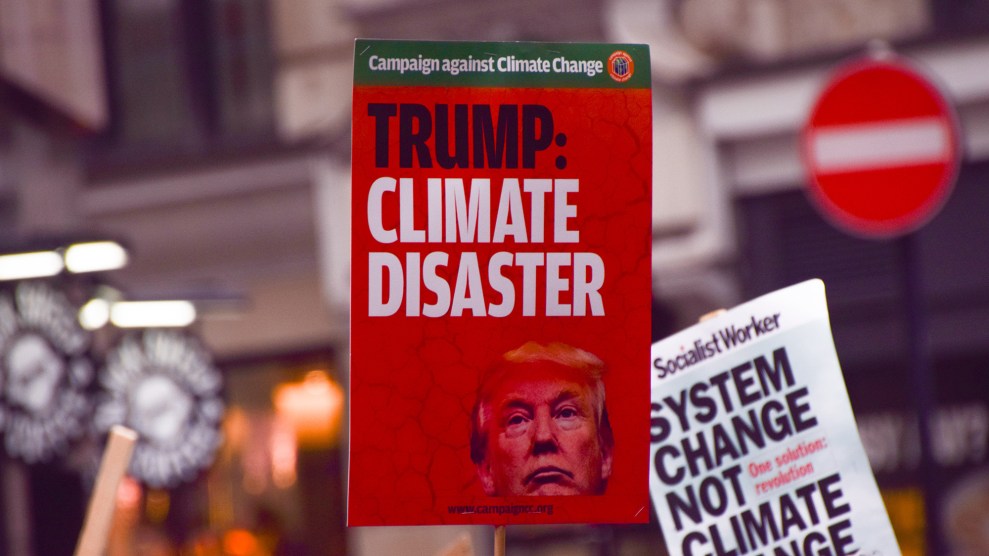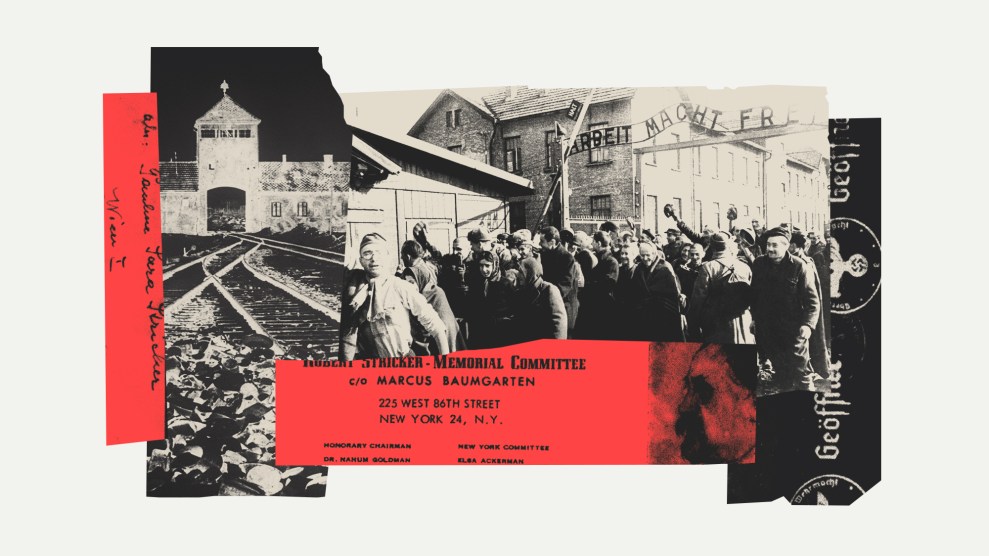Pigs will eat just about anything, which is why feeding them food scraps is a time-tested technique for getting rid of leftovers on the farm.
On Polk’s Folly Farm in the East Mountains of New Mexico, brothers Zach and Ethan Withers have taken this concept to the next level. They inherited the 40-acre farm from their grandmother, who raised horses. Zach and Ethan decided to raise heritage breed hogs, which they butcher and sell as cuts of meat at local farmers markets. And they feed their pigs almost exclusively from local scraps.
Hear Zach Withers talk about Polk’s Folly Farm on this episode of Bite:
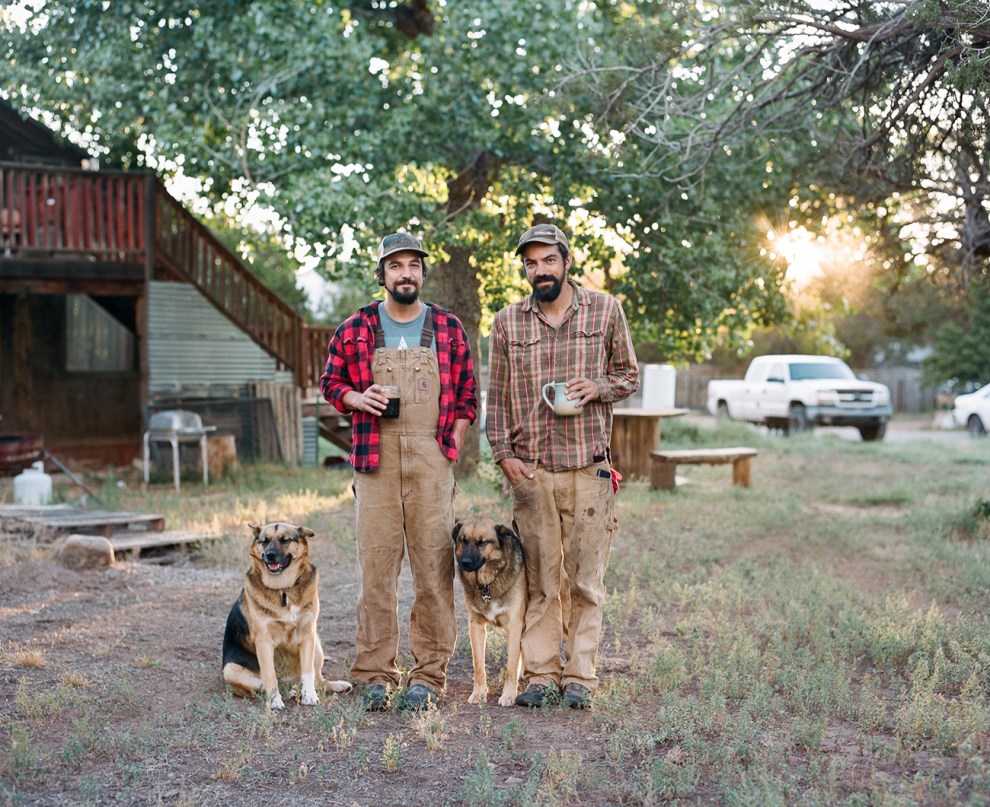
Most mornings, and sometimes multiple times a day, the Withers take their truck and trailer around to local grocery stores, mills, breweries, and distilleries to collect vegetables and grains that would normally go into the trash. They lug the bags of food scraps and spent grain back to their farm, where they feed it to the hogs. The Withers estimate that Polk’s Folly Farm saves about 75,000 pounds of trash from going to the landfill every month.
For the Withers brothers, this method makes sense because it saves them money on feed and lets them farm more sustainably. In the bellies of their pigs, the food waste is converted into fertilizer for the grass and healthier cuts of meat. If the same food waste went to the landfill, it wouldn’t be recycled in the same way, and it would create larger quantities of greenhouse gases, like methane and carbon dioxide. About 30 to 40 percent of the food supply in the United States becomes food waste. Even though farmers have been feeding scraps to pigs for centuries, recycling food waste on a community level is a radical change from the status quo.
I talked to Zach (30) and Ethan (28) Withers about how they got started on their food-waste-to-pig journey.
Why did you choose to raise pigs in the first place?
Zach Withers: Part of its really practical considerations. Economically they reproduce quickly. Everybody loves bacon. As we found out along the way, hogs are super versatile and can make use of a lot of things that are otherwise kind of seen as waste.
Ethan Withers: We have some very, very weird, interesting microclimates here. You know, it could be raining at our neighbor’s house 100 yards away and it’s bone dry here. We have really, really early frosts, we have really, really late freezes. So pigs seemed like a good option. And very soon after starting with pigs, we were introduced to the world of food waste.
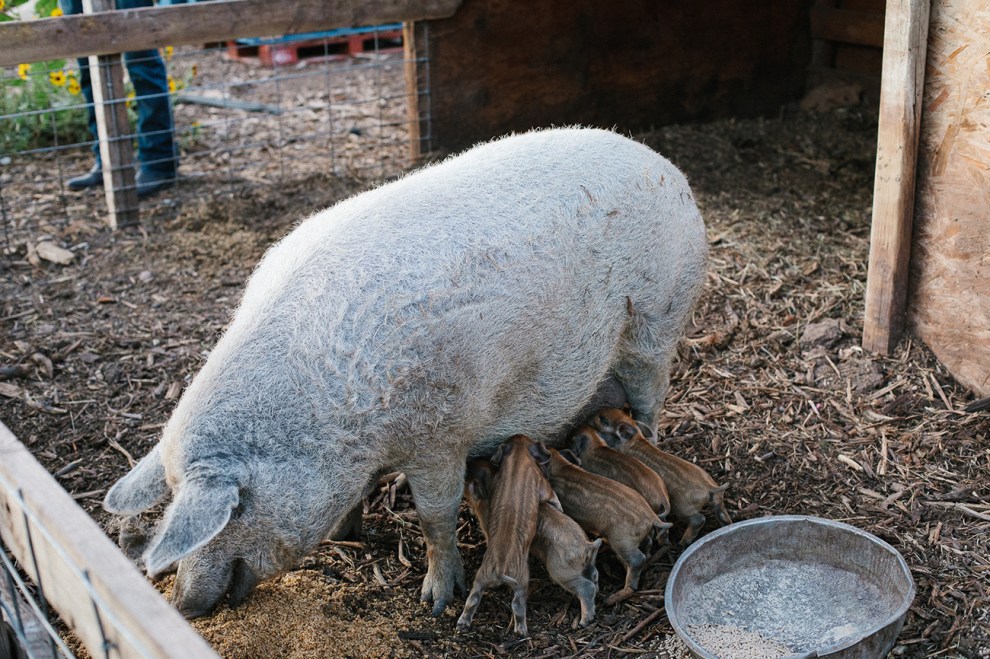

Have you always fed your pigs leftover food? When did you start scaling that up?
ZW: When we started, we were doing a lot of grazing. And then we would supplement with brewers grain. And then we had some friends who run an organization that does a lot of gleaning. So they get volunteers to go harvest food from farms that don’t have the time orfor whatever reason are not able to harvest everything. And they also would collect a little bit of commercial food waste from grocery stores and whatnot. So they started bringing a little bit over when it was too bad to give to the food banks.
And then once we really got into a situation where we couldn’t rely as much on pasture, that kind of forced us to start really exploring how we can source enough local feedstocks. I mean, if you’re buying commercial feed out here, it’s really expensive. We’re not in corn country. It’s not readily available. And just buying GMO corn/soy to feed your hogs, it just doesn’t make sense to us. So we started looking around and once you start really looking around, man there’s so much of it. It just kind of snowballed from there.
And at this point, do you feed the pigs anything other than food waste?
EW: We have a little bit of engineered feed for just for the sows who have the newborn babies, just to ensure that they get good milk production. Healthy babies, good start. So that goes on for a couple of weeks. But as soon as we wean them, it’s nothing but food waste.
ZW: And there’s different sources. So everything that we get is byproduct in one way or another. The brewers grain, you know it’s a byproduct but it’s kind of recognized as having some value. Farmers will go pick it up. Then you have the fruits and vegetables. We get just stupid amounts of fruits and vegetables. How much did you get this morning Ethan?
EW: Picked up just shy of 10,000 pounds this morning. I’ve done about 74,900 something pounds in November.
ZW: So that stuff will go to the dump if we don’t go pick it up. I’d say we’re at 90 plus percent food waste or byproduct of some sort.
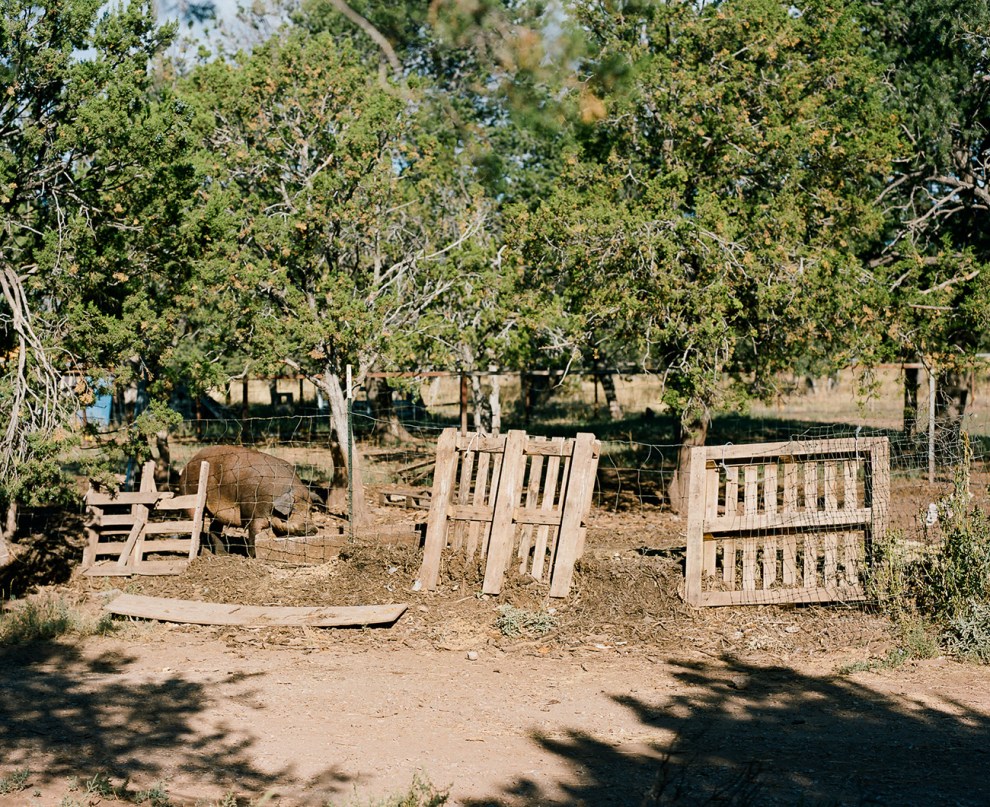
That sounds like a lot of fruits and vegetables. How do you transport all of that to your farm?
EW: A really big truck and a really big trailer.
And then you get the food waste to your farm. What do you do with it? Like do you have some kind of a sorting process that you go through before you feed it to your pigs?
ZW: When we started doing it, you’d get trash bags you’d have to go through and pull out all the wrappers and all the rubber bands. For a long time, one of our best sources was a wholesale grocer and they would give us whole pallets but the food would come wrapped in plastic. It’d be like apples in little plastic cartons and your raspberries and your blueberries and stuff in that little recyclable plastic. A lot of it’s not recyclable. Man. Every time I see a cucumber shrink-wrapped in plastic, it makes me want to gag a little bit. I hate them so much.
People throw away a lot of food because it’s past the sell-by date. It’s not even expired. So we’ve had some success in getting volunteers from local nonprofit organizations, and food pantries, to start picking up some of the things that come in. They can take it and sort through it and then a lot of that actually gets redistributed out into the community and feeds people that are in need. So that’s been a really awesome side benefit of pursuing this model for feeding animals. I think we feed way more people with the stuff we feed the pigs with than we actually feed with the pork we produce, which is kind of ironic, but gratifying nonetheless.
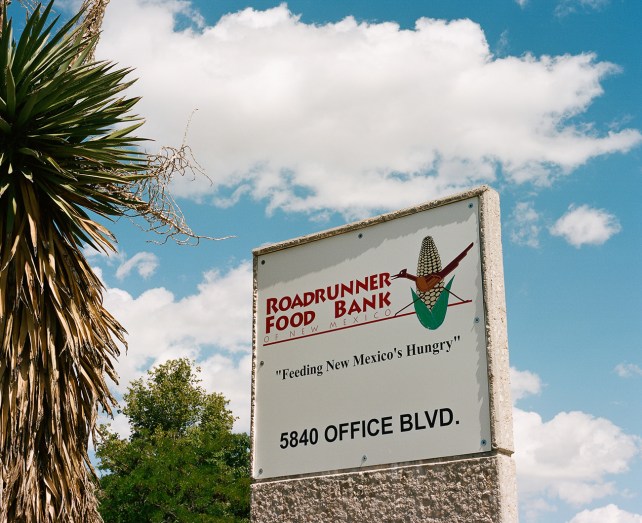
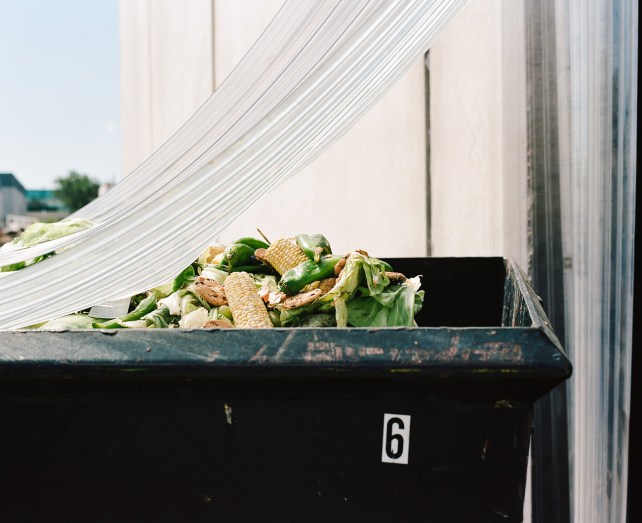
Do you know of any other farmers who are using a similar system of feeding food waste to their animals?
ZW: Yes and no. I don’t know any of the other pig farmers around here that are doing it on a large scale. There’s some cattle operations that do some interesting things with feeding grain byproducts, for sure. That’s a little more common around here. The General Mills cereal plant, they get like millions of pounds of mislabeled or wrong-colored cereal, and there’s a really cool ranch that’s feeding it to cows. We used to get tortillas, I knew guys that would do a lot with the tortilla factory. But that got cut off. The local non-GMO blue corn is really popular at the distilleries. They make blue corn whiskey. It’s super, super tasty. The pigs just really love it. It packs weight on them really, really good. What you get left with is a ton of protein and it’s really easily digestible. So it’s really nice feed.

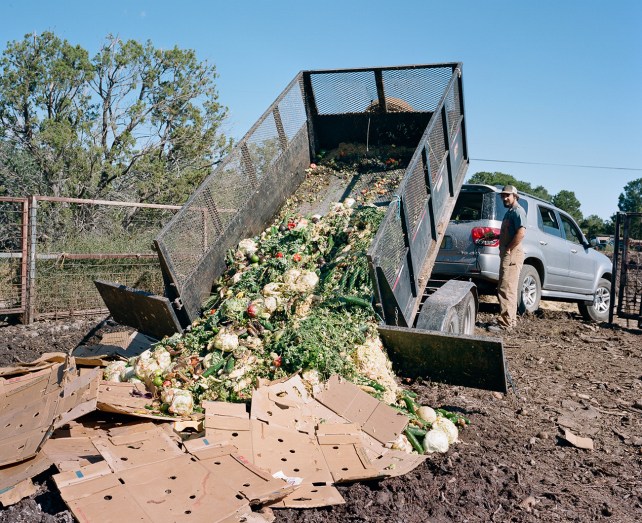
How much money do you all think that you save feeding your pigs with food waste?
ZW: That’s a really tricky question. You know, I’ve tried to do the numbers on it quite a few times. On the one hand, we don’t pay a lot for pig feed. So it seems like you’re really saving a lot. On the other hand, if you really account for all the external costs that come with doing it this way, it’s not exactly cheap. Like it’s free, but it’s not really free.
So I think that the real benefits of it aren’t necessarily calculated in dollars and cents. It’s a lot more about, you know, what does that mean for the quality and the health of our animals? What does that mean for the health of the land bolts of our land? What happens if we don’t pick up that food waste, like where does it go? Goes in the landfill. What happens to it then? Where are those nutrients going? What happens to the gas that gets released from that stuff just sitting out there in the Mesa, fermenting away? Like, who’s gonna deal with that problem? So I don’t know exactly how much money we really save, but I feel like we really come out very far ahead when you look at it in a really holistic, broad strokes perspective.



